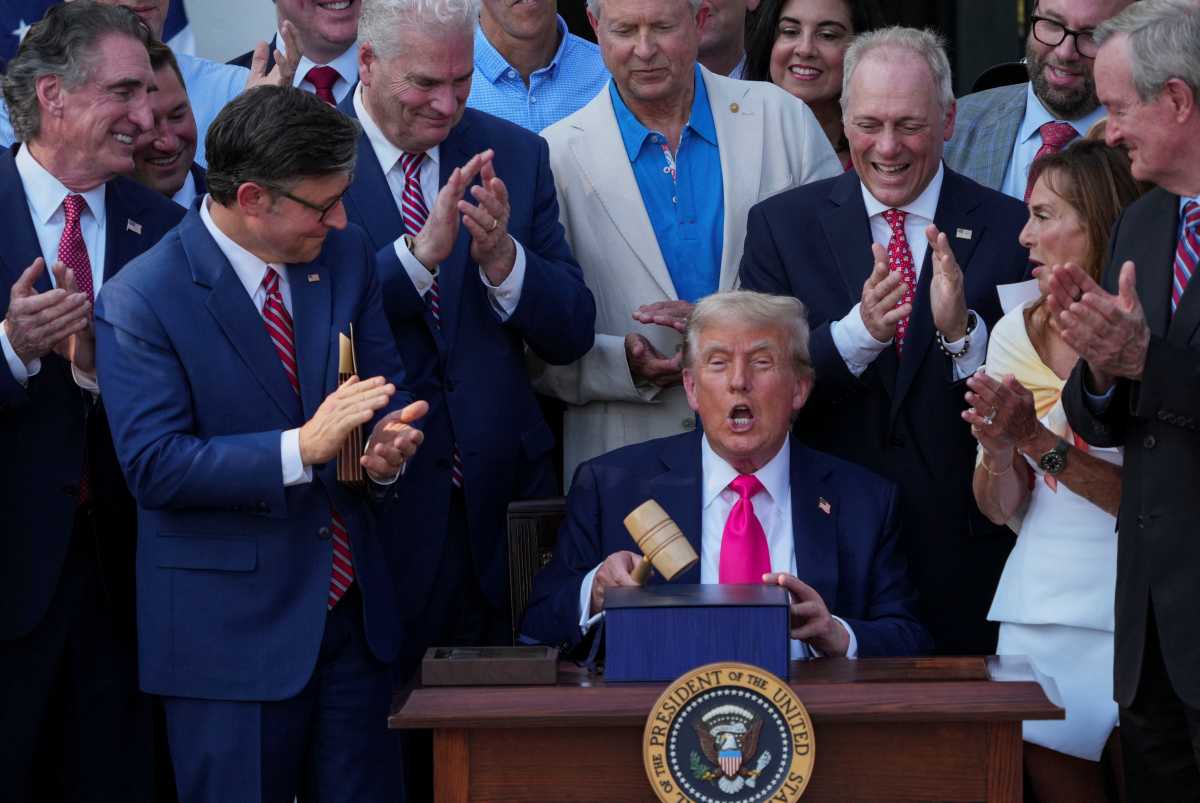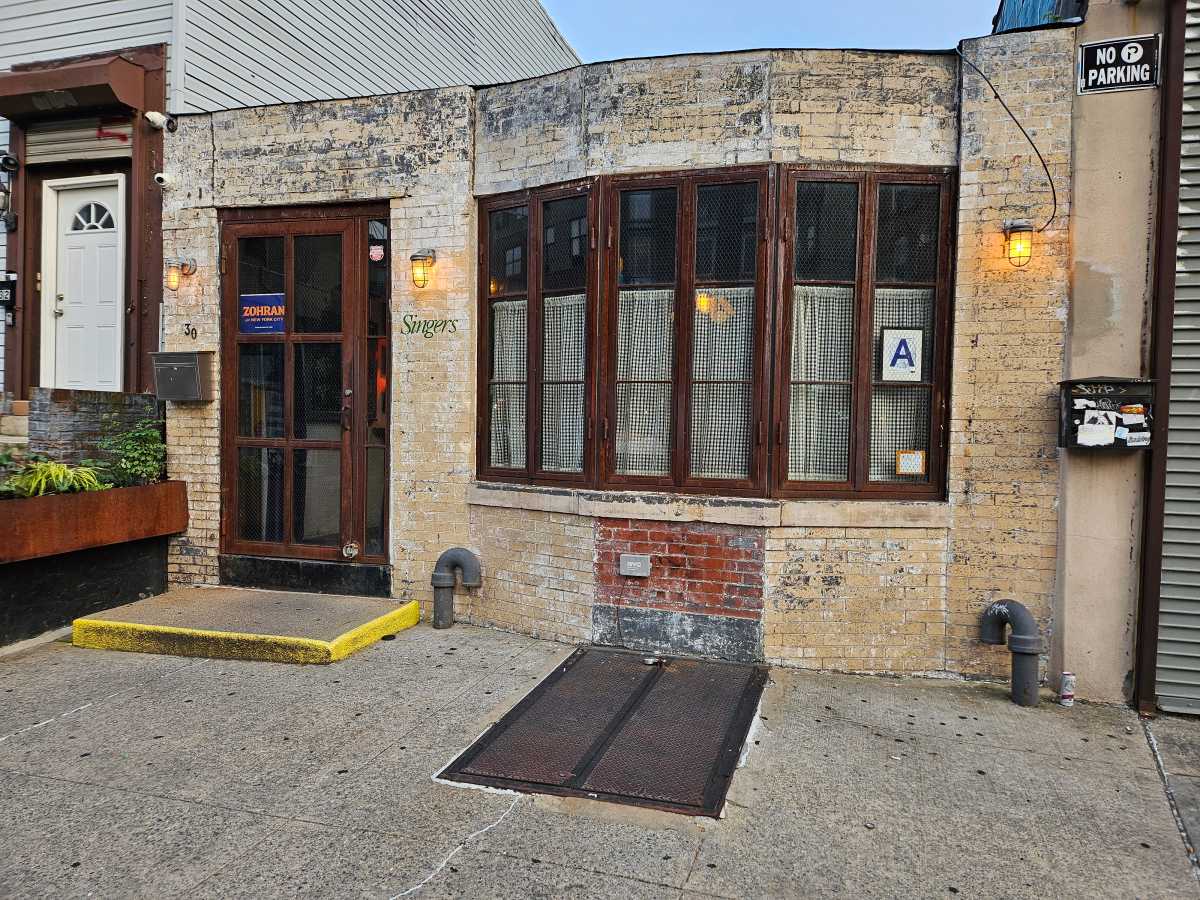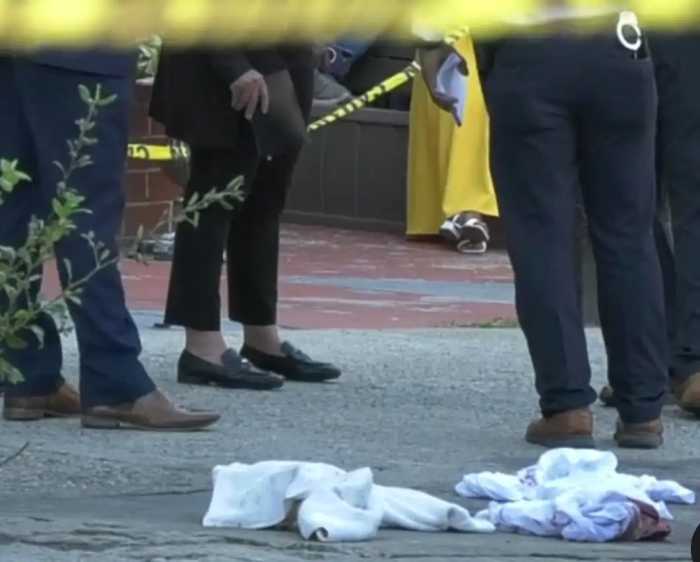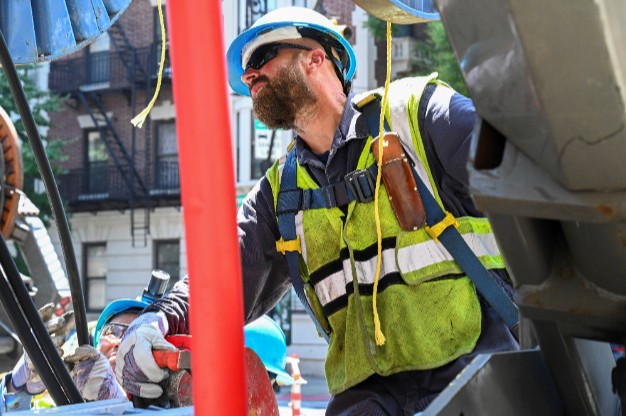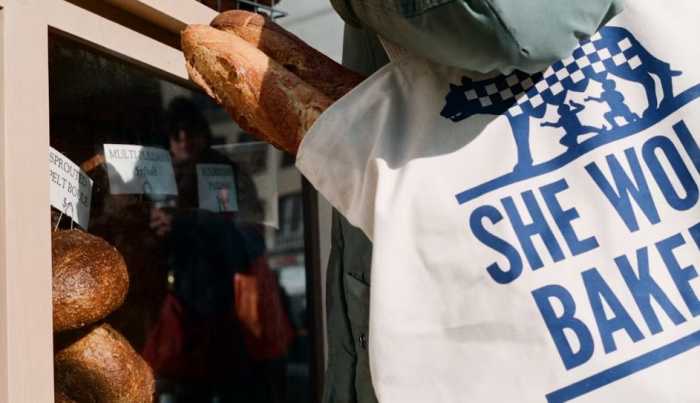By Timothy Lavin
Summertime: living’s easy. Downtown, the living’s also free, culturally evocative, world-class, and usually family oriented—so say the planners of the River to River Festival, the annual cultural colossus that combines the marketing presence and artistic expertise of the area’s six major events producers.
Each year, its organizers estimate, River to River induces more than a million people to venture Downtown and spend money.
This year’s festival, spanning from June through September, comprises nearly 500 separate events. It launched last week with a program called “Sites Unseen,” running from June 1st to June 3rd. While previous festivals have opened with big name acts—like James Brown and Sheryl Crow—this year’s launch, though similarly ambitious, featured productions of greater obscurity: “The River to River UnParade,” an intentionally unruly affair that included a ukulele band, gigantic balloons and puppets, and marching accordions, among much else; Tan Dun’s “Water Passion After St. Matthew,” a distinctive choral arrangement of Matthew’s Gospel; “Art on the Beach Revisited,” an homage to the 1980s installations on Battery Park City’s esplanade; and “Music at Castle Clinton: An Ode to Jenny Lind,” a tribute to the music of the “Swedish Nightingale,” who first performed there for P.T. Barnum in 1850.
Whatever we may term this collection of acts, it’s decidedly not Sheryl Crow.
“This year, we wanted to sort of invest a little bit more in lesser-known artists, take more of an avant-garde approach,” said Valerie Lewis, a vice president at the Downtown Alliance business improvement district, who helped produce the festival. “So we hired a curator and we came up with something I think is really unique.”
Indeed, in the variety and ubiquity of its programs, the River to River festival surely will find few rivals: music (rock, gospel, classical, reggae, and perhaps a dozen other identifiable genres) dance, site-specific art, interactive installations, walking tours, bartending classes, theater, films, wine tastings, a vintage police car show, story-telling, a swim race, and lectures on myriad topics.
Other highlights include some big names — Arlo Guthrie, for instance, will play at Rockefeller Park on June 15th. “We think that’ll be pretty spectacular,” said Bill Schreiber, River to River’s executive producer. “It’s the 40th anniversary of ‘Alice’s Restaurant’ and he’ll be playing the whole album.” Yo La Tengo and Stephen Malkmus will play a July 4th show in Battery Park and the Kansas City Ballet and Ballet Hispanico will take part in “Evening Stars,” a dance act also at Battery Park on September 14th.
The programming is purposely eclectic, to a certain extent, but it also reflects the divergent motivations and viewpoints of the organizations that produce the festival—the Downtown Alliance, the Battery Park City Authority, the Lower Manhattan Cultural Council, the Port Authority, South Street Seaport and World Financial Center Arts and Events.
“I think it’s somewhat unprecedented that so many different groups — who in another time might be competitors — have actually come together to create something that we could never have dreamed of on our own,” said Debra Simon, the executive director of the Financial Center’s arts and events team.
Like many artistic initiatives Downtown, River to River coalesced in response to the terrorist attacks in 2001. “After 9/11, a handful of the major arts producers in Lower Manhattan got together,” said Schreiber. “And they said, ‘Look, we’ve had these sorts of disparate, separate programs over the course of the years, but now we’ve got a real reason, a better reason than ever before, to work together — to work through the arts to revitalize a community.’” Members of the six groups have been meeting weekly to plan the festivals ever since.
Though River to River does not cohere artistically in an obvious way, it’s a canny strategy economically. For one thing, it simply brings people back to the neighborhood: 95 percent of those in attendance last year did not live or work Downtown. “We want to draw a lot of people, yes,” said Schreiber. “But not just because we want them to shop and live and lease space here — we also want them to be a part of this neighborhood. There are these great parks and plazas and waterfront areas in Lower Manhattan that we want and need people to come back down to.”
But the shopping helps, too. The million visitors the festival draws annually are spending their money Downtown — more than $15 million last summer alone, according to Lewis, plus another $8 million spent directly by the festival. “It’s really a marketing umbrella not only for the presenting partners, but for all the institutions that are down here — every museum, every walking tour is part of this. And every organization below Chambers St. benefits from the mass promotion that we’ve put out there.”
As in much else these days, the twin sirens of promotion and advertising dollars conspire happily to propel worthy causes. The brochures and posters for the festival appear throughout the city — in airports, in newspapers and magazines, on subways, at construction sites — in ways that would be beyond the means of small arts groups working alone. And sponsors — like American Express, the festival’s most generous supporter — are far more likely to sign on to a high-profile, summer-long event than to individual performances, whatever their quality.
“It’s kind of everyone throwing a little money in and getting a bigger bang for your buck,” said Mark Vevle, the director of marketing and communications at the LMCC. “We’re getting to do larger ad buys and really reach the entire New York community. You know, summertime everyone is in competition for eyeballs. And there’s no reason why people shouldn’t enjoy the rivers and the parks downtown when it’s free and really easy to get to — we just need to reach them.”
Increasingly, River to River is becoming a marketable brand in its own right, independent of its constituent groups. Its organizers attribute this to the consistent quality of its programming. “I can just tell you that our crowds are bigger every year and I have noticed that there are more people just coming out — not even being aware of actually who’s performing — because it’s something that has the River to River imprimatur on it,” said Simon. “They think it must be good. So the festival is delivering big audiences.”
Lewis agreed. “We’re trying to help promote Lower Manhattan as the summer cultural destination, trying to really put the best face forward on all these terrific events. Because we’re not just talking events, we’re talking world class artists.”
As a result of these acts, and the festival’s burgeoning visibility, the organizers believe this year’s iteration will be their largest to date. “Over the past couple years we’ve grown the festival into what I would say is the greatest summer arts festival in all of New York,” said Lewis. “Downtown is at its best in the summertime.”
WWW Downtown Express






